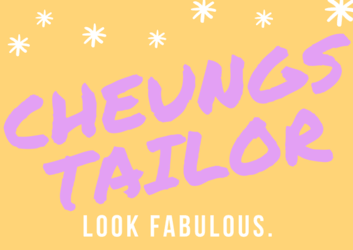In the US we are home to a lot of amazing cultures. Though we may not be experts in each, we do consider ourselves well versed in helping our clients and working with them to understand their needs in creating something traditional necessary for their special night. Let’s go through just a few different types of cultural wedding dresses we’ve worked with.
Turkish
In a traditional Turkish wedding, the wedding dress itself is very rich, in expensive materials such as silks & velvets. Generally beautifully embroidered and decorated with golden and silver threads. Since it’s very traditional, searching for a good vendor to provide the fabric or having the appliques placed on is very important.
For a traditional wedding, the clothing may include baggier wear on the trousers, blouse or jacket. In general though a traditional Turkish wedding dress are always modest and consists of several pieces.
Thai
Traditional Thailand cultural wedding dresses are very elegant and beautiful, also very simple. Unlike other dresses in different cultures, Thai women can wear their dresses again as an evening dress. This is also very similar for the Thai national costume.
Materials used in a tradition Thai wedding dress includes cotton and silk, nothing synthetic. The wedding dress itself is very close – fitting, with bright colors often ornate with gold and gemstones. The wedding dress may also consist of a full length wrap sarong with a two pleat fold, where one-shoulder is sleeveless and made with lace or heavy pleated silks topped with a floor length shawl.
Japanese
The traditional wedding dress of the Japanese culture is the Kimono. The bride would wear everything in white, sometimes even have her face painted white. The silk on the kimono that is worn may be of different designs.
Many other parts make up the rest of the Kimono, including the accessories and separate headdresses.
Korean
In Korean culture the traditional wedding dress is known as the Hanbok, or often called the Hollyebok. The wedding attire comprises of the blouse a short jacket with long sleeves a full skirt, and a wrap around skirt including the headdress.
Traditional Korean wedding dresses can be colorful as well often varying in red, blue, pink or multi-colored. The silk is embroidered with colorful sleeves.
Chinese
Traditional Chinese wedding dresses or Qi Pao are very bright in colors which are comprised of mainly red and fold. The silk is often embroidered with a lot of gold and silver to represent a phoenix and dragon on the bride and grooms clothing respectively. The wedding attire may consist of 2 pieces. The top is generally a tight fit, with the bottom particularly flaired.
For the bride there is also a traditional red veil. Seldom used today.
Vietnamese
In traditional Vietnamese wedding culture the dress is called an Ao Dai. With a wide variety of styles of Ao Dai have a professional Ao Dai tailor for alterations is very important. The dresses are very feminine and graceful with a tight fit that provides a distinction of curvatures. Generally an Ao Dai is also red, or a mixture of bright colors and also richly embroidered with patterns.
Indian
In a traditional wedding dress for the Indian culture it’s commonly known as the Sari. Every region within India has their own traditions of the Sari, wearing from the colors, pieces and the style of draping paired with the type of jewelry worn. The most common features would include the brightness. This is known as the most stunning and feminine clothing for a woman in Indian culture.
Often in traditional weddings the bride does wear a veil sometimes it would only cover the face but may also cover the shoulders, down the back and waistline.
Final message
Hopefully this little insight provides you or your friends more cultural awareness of what is commonly worn. Having a professional tailor such as Cheung’s Tailor Alterations we are able to guide you through the possibilities of customization and ensuring that your cultural wedding dress is able to fit the way you desire.
If you have any question s or would like to make an appointment for a consultation we recommend you contact us at CheungsTailor@Gmail.com. Please visit our portfolio in the following pages:

